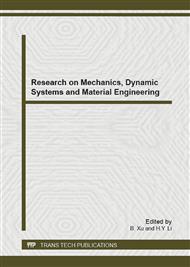p.291
p.297
p.301
p.304
p.308
p.312
p.318
p.323
p.328
Suitable Hydrogen Pressure Induced Anisotropy in HDDR-Treated Pr-Fe-B Powders
Abstract:
Anisotropic Pr12.5Fe72.5Co6Cr2B7 magnetic powders are obtained by varying the desorption H2-pressure of the hydrogenation disproportionation desorption recombination (HDDR) process. The magnetic powders with a desorption H2-pressure of 30 kPa have the magnetic properties of Br =0.96 T, iHc=8.2 kOe and Br/Bs =0.78, whereas the magnetic powders obtained with a higher and a lower desorption H2-pressure are isotropic. A distinct lamella crystal is observed in the 30 kPa desorption H2-pressure products and may be related to the anisotropy in the HDDR-treated powders. It is believed that the desorption H2-pressure has great effect on the formation of crystal texture in the HDDR Pr-Fe-B powders.
Info:
Periodical:
Pages:
328-331
Citation:
Online since:
December 2012
Authors:
Price:
Сopyright:
© 2013 Trans Tech Publications Ltd. All Rights Reserved
Share:
Citation:


